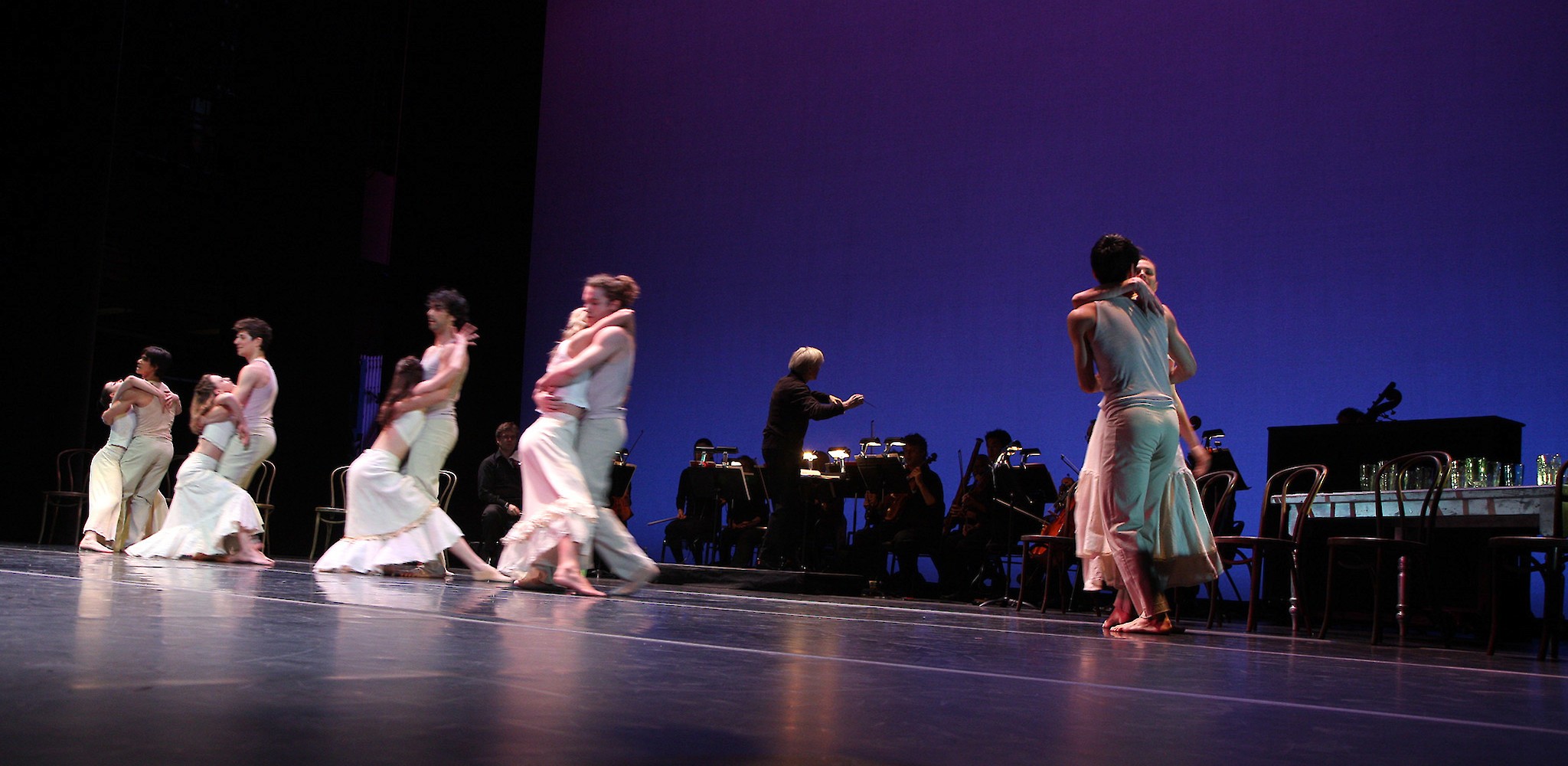Victoria, Falla and the Spanish tradition
Tomas Luis de Victoria is a product of the Siglo de Oro (“The Golden Century”) when Spain was the dominant European nation, Philip II was the powerful Spanish king – and Victoria was Europe’s greatest composer. He was born in Avila in 1548. He went to Rome as a young man and was befriended by Palestrina – the leading Italian church composer of the time. He succeeded Palestrina at the Roman Seminary in 1571 and was ordained a priest four years later. But he yearned to return to Spain, which he did some time in the 1590s as chaplain to the widowed sister of Philip II, living in a convent. He died in 1611, having in effect retired from the world.
Victoria was a central proponent of the same passionate Spanish mysticism as John of the Cross and Theresa of Avila. In fact, Theresa actually knew Victoria – they were born in the same city. His music shares their Spanish exaltation and austerity, their gift for making the most of minimal means. It is useful, as well, to think of the Escorial – the palace Philip built north of Madrid, a structure as severe as the typical Italian Renaissance palace was florid. “Our soul is an interior castle” wrote Teresa; Philip’s soul is the Escorial, whose plain exterior is mute. Or think of Philip himself, who renounced his throne to become a religious hermit. I find this amazing fear of God, and of worldly success, typical of the world of sixteenth century Spanish Catholicism.
And what is more austere than plainchant, which is so basic to Victoria’s style that someone described his music as “polyphonic Gregorian chant”? Victoria’s polyphony also illustrates an obsession for clearly conveying the text: the word of God.
I would even call Victoria a greater composer than the most famous of modern Spanish composers, Manuel de Falla. More important: they are similar in spirit. Falla was intensely religious, ascetic, meticulous. His output, like Victoria’s, was relatively small. Victoria went to Rome of instruction; Falla went to Paris. Both returned to Spain. Both grew hermetic late in life. Falla’s keyboard concerto, in particular, pays homage to medieval and Renaissance Spanish religious music. And his El Amor Brujo, with its sinuous arabesques, connects to Moorish Spain – connecting, in turn, with the Sephardic tradition.

